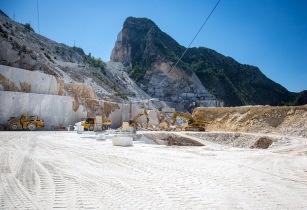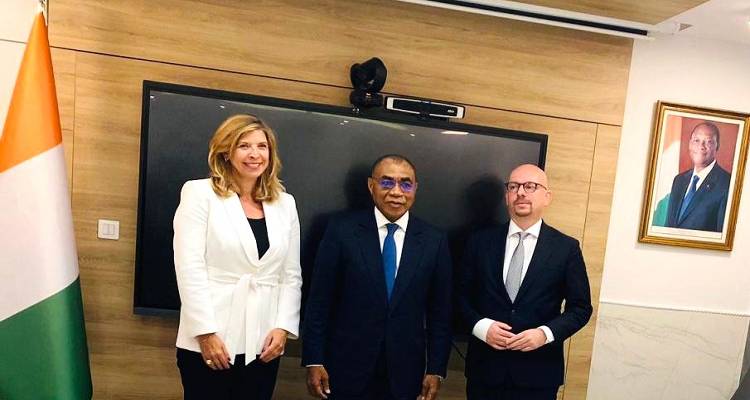Africa will see emerging progress in the mining activities across the region, despite escalating trade wars keeping commodity prices in check as well as the increased regulatory challenges, according to South Africa’s Standard Bank
Over the last 18 months, the focus in the mining sector has been on debt reduction and balance sheet repair. The results of this consolidation have been largely successful, with a few miners paying dividends for the first time in some years.
Mark Buncombe, head of mining and metals at Standard Bank Group, said, “Efficiency improvements and portfolio and asset optimisation are expected to continue into 2019 as companies remain committed to moving down the cost curve in response to the 2013 to 2015 downturn.”
Optimism levels across the continent will ultimately, however, mirror the regulatory environment, “With more investment expected where policymakers have actively encouraged investment,” said Buncombe.
Ghana in 2018 was a case in point, showing us that once policymakers build a business and investment-friendly legislative environment the market responds very quickly, observed Buncombe.
In South Africa, the finalisation of the Mining Charter and the shelving of controversial amendments to the Mineral and Petroleum Resources Development Act is expected to similarly accelerate corporate activity and the commitment of capital to the local mining sector in 2019. Other increasingly favourable legislative environments on the continent include Namibia, Botswana, Mozambique and Ghana.
These broader opportunities are expected to drive diversification in financing practices in Africa’s mining industry. As Buncombe noted, “Africa’s miners are increasingly seeking to optimise cost, liquidity and working capital requirements using additional products like asset financing, invoice discounting and inventory financing.”
Access to cheap and reliable power is expected to remain a major success factor for mining companies in Africa, driving continued investment in captive power generation capacity. As the cost of solar power comes down and new storage technologies make solar more viable as a source of power for the mining industry in Africa, “We have seen several clients invest in or consider investing in solar power plants to replace more expensive diesel generators or unreliable grid power,” said Buncombe.
A more upbeat view of the South African market is supported by an increased global appetite for bulks, especially coal, chrome and manganese, as well as the fact that after almost a decade of cost-cutting, miners now have ready cash to invest. The availability of equity cash, combined with a policy environment much more favourably disposed to the public-private partnerships that South Africa will need to establish if it is to benefit from the cyclical upturn in bulks, is not only likely to see an increase in production but will also see new investment in South Africa’s bulk export infrastructure.






































